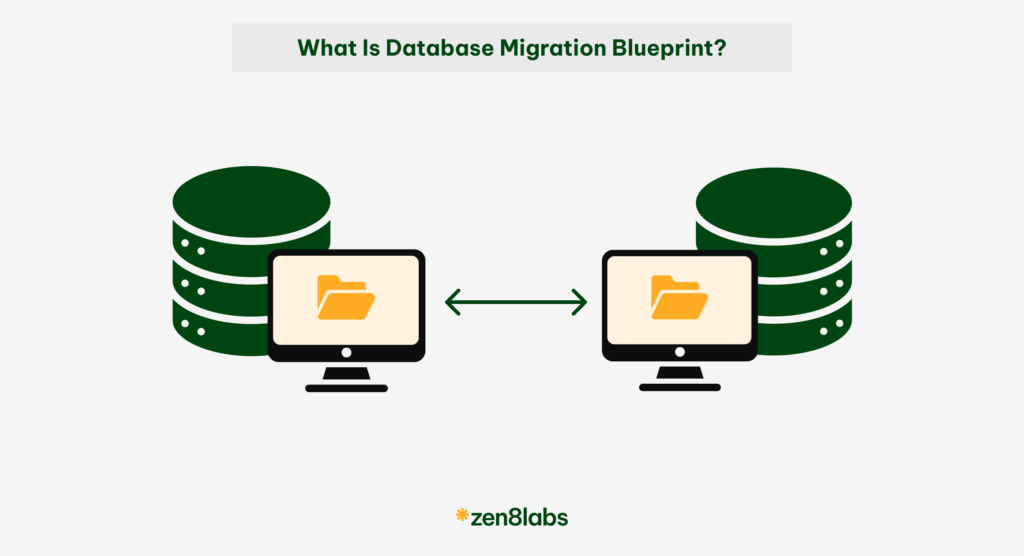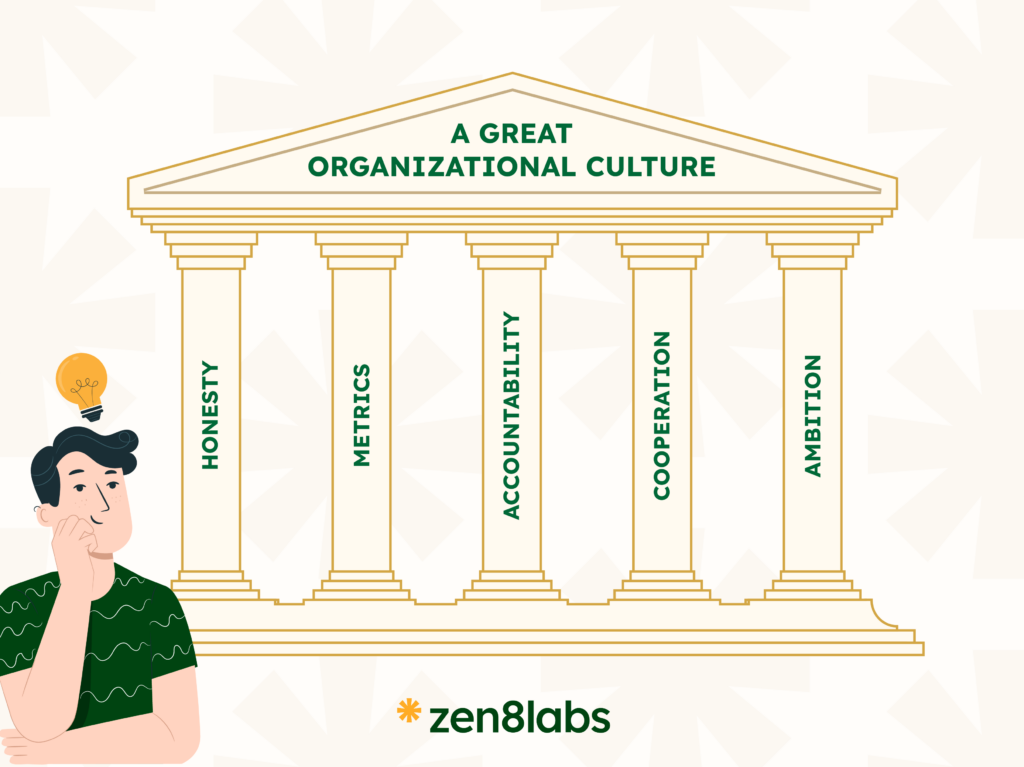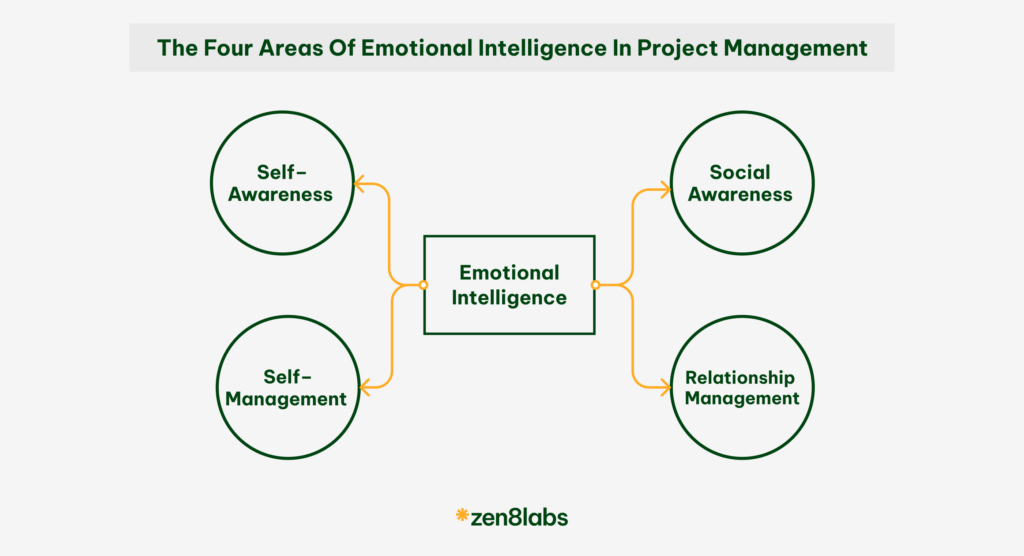These days, just finishing a project on time and within budget isn’t enough. To really succeed, you need to make customers happy and keep them coming back. That’s where the Kano Model can help. It’s a useful tool that I and my colleagues at zen8labs use to understand what customers want and decide which features are most important to make them satisfied. Think of it as a guide to make sure your project not only does what it needs to do but also makes your users happy.
What is Kano Analysis?

The Kano Model, created by Professor Noriaki Kano in the 1980s, is a way to sort customer preferences into five different groups:
- Basic needs (Must-have): These are the things that customers expect as a minimum. If you don’t have them, customers will be very unhappy. But having them doesn’t necessarily make customers super happy – it just stops them from being unhappy. Example: A web application must have a login page.
- Performance needs (More is better): The better you are at meeting these needs, the happier your customers will be. If you don’t meet them, customers will be unhappy. Example: How fast a website loads.
- Excitement needs (Pleasant surprises): These are features that customers don’t expect, but they make them very happy. Customers might not even know they want these features until they see them! These kinds of features can give you an advantage over your competitors. Example: A cool animation in a user interface.
- Indifferent needs: These features don’t really affect whether customers are happy or unhappy. Customers don’t care much if you include them or not. Example: A report format that’s rarely used.
- Reverse needs: Adding these features could actually make some customers unhappy because they don’t find them useful. Example: Too many ways to customize something.
Why is Kano Analysis important for project managers?
Using Kano Analysis can give project managers several benefits:
- Focus on what’s important: By putting features into different groups based on what customers want, project managers can focus on the most important things. This helps the team spend time on what really matters to customers.
- Happier customers: Understanding what makes customers happy allows teams to create features that improve the overall experience, which leads to happier and more loyal customers.
- Use resources wisely: By finding out which features aren’t really needed, teams can use their time and money more effectively and avoid wasting resources on things that don’t matter much.
- Stand out from the crowd: By focusing on features that excite customers, project managers can help their products be different and attract customers in a crowded market.
How to Use Kano Analysis in your projects
Here are the basic steps to use Kano Analysis:
- Collect customer feedback: Talk to customers, send out surveys, or have group discussions to find out what they value most in your product or service.
- Group customer needs: Use the Kano model to put the customer needs into the five different groups: Basic, Performance, Excitement, Indifferent, and Reverse.
- Decide what to work on: Based on the groups, decide which features to develop or improve. Start with the Must-have and More is better needs, then think about the Excitement features.
- Test and improve: As you create features, keep getting feedback from customers to make sure you’re meeting their expectations and changing things as needed.
- Review regularly: Keep checking your Kano Analysis to keep up with changes in customer preferences and market trends, so your project stays focused on making customers happy.
Conclusion
In today’s world, where customer experience is very important, using Kano Analysis can help our project be successful and make customers happy in the long run. By focussing on the needs of the customer within the 5 needs model, you’ll be able to achieve great success. However, remember to take the time to get feedback from the customer to know that their needs are being met. At zen8labs, we use it as a part of our project management, in order to focus on the customer and go above and beyond their expectations. This allows us to create something awesome for our customers!
Phuong Nguyen, Quality Assurance Engineer


